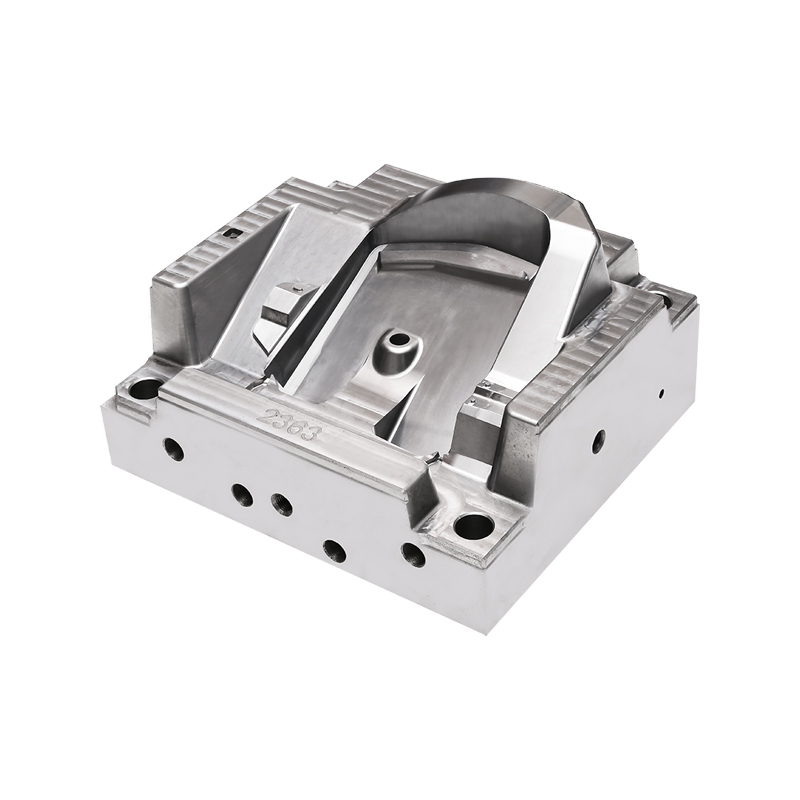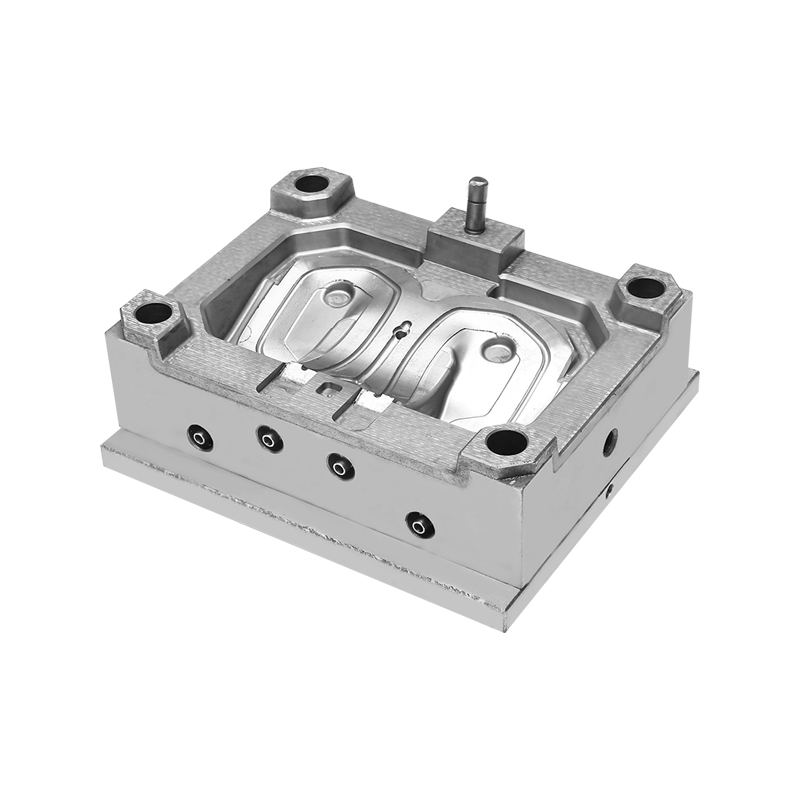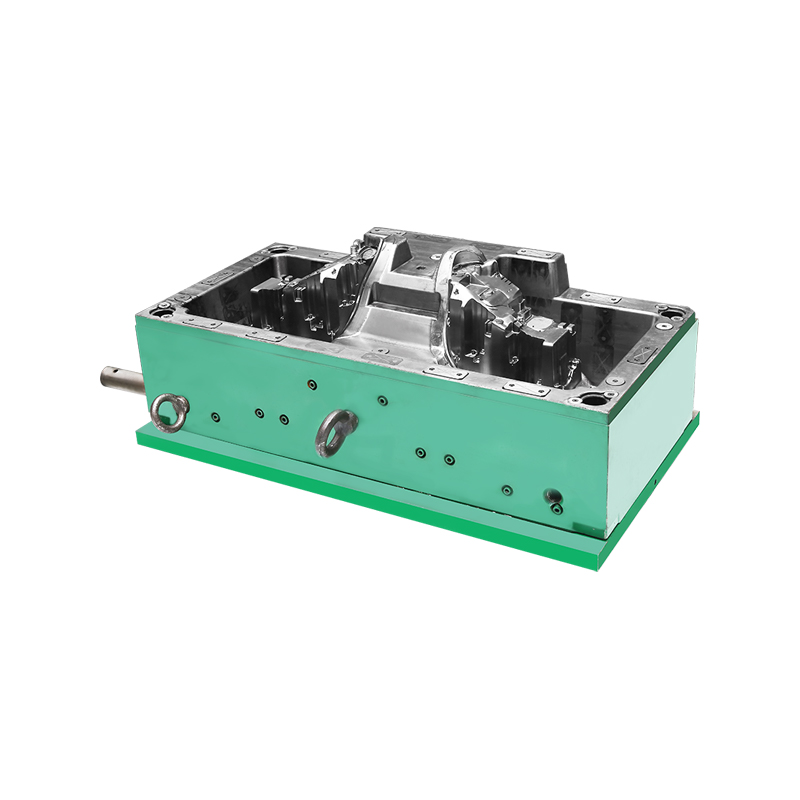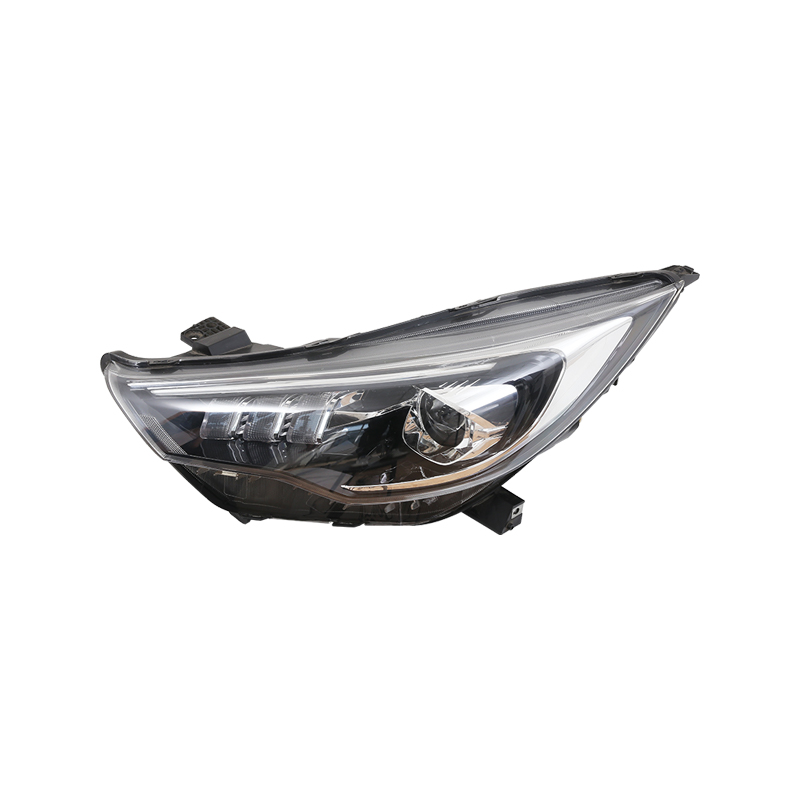In the ever-evolving automotive industry, the demand for high-quality components is paramount. Among these components, light guides play a crucial role in enhancing visibility and aesthetics in vehicles. China Auto Light Guide Plastic Injection Molding Mould Manufacturers are at the forefront of this technology, employing advanced manufacturing techniques to produce efficient and durable molds.
Plastic injection molding is a widely used manufacturing process that allows for the efficient production of complex parts. The method involves injecting molten plastic into a mold cavity, where it cools and solidifies into the desired shape. China Auto Light Guide Plastic Injection Molding Mould Manufacturers utilize this technology to create intricate designs that meet the specific needs of the automotive industry.
The process begins with the design of the mold, which is crucial for achieving precision and quality in the final product. Advanced computer-aided design (CAD) software is often used to create detailed models of the light guide components. These digital models help manufacturers visualize the end product and make necessary adjustments before physical production begins.
The choice of materials is a critical consideration for China Auto Light Guide Plastic Injection Molding Mould Manufacturers. The common materials include polycarbonate (PC), acrylic (PMMA), and acrylonitrile butadiene styrene (ABS). Each of these materials has unique properties that make them suitable for automotive applications.
Polycarbonate (PC): Known for its high impact resistance and optical clarity, polycarbonate is frequently chosen for light guide applications. It provides light transmission, making it ideal for use in automotive lighting systems.
Acrylic (PMMA): Acrylic is another popular choice due to its transparency and ease of processing. It is lightweight and offers good weather resistance, making it suitable for exterior light applications.
Acrylonitrile Butadiene Styrene (ABS): ABS is appreciated for its toughness and versatility. While it may not provide the same optical clarity as PC or PMMA, it is often used in applications where strength is a priority.
China Auto Light Guide Plastic Injection Molding Mould Manufacturers carefully select these materials based on the specific requirements of the automotive components they are producing.
The actual molding process employed by China Auto Light Guide Plastic Injection Molding Mould Manufacturers involves several key steps:
Preparation: The selected plastic material is granulated and dried to remove any moisture. This is essential to prevent defects during the injection process.
Injection: The dried material is heated until it melts, then injected into the mold under high pressure. This step requires precision to ensure that the material fills all areas of the mold evenly.
Cooling: Once the mold is filled, the plastic is allowed to cool and solidify. Cooling time varies depending on the material and the complexity of the mold design.
Ejection: After cooling, the finished part is ejected from the mold. This step must be carefully controlled to avoid damaging the newly formed component.
Post-Processing: Depending on the requirements, additional processes such as trimming, polishing, and surface treatment may be applied to enhance the appearance and functionality of the light guide.
Innovations in Manufacturing Technology
China Auto Light Guide Plastic Injection Molding Mould Manufacturers continuously seek to improve their processes through innovation. One notable advancement is the integration of automation in the molding process. Automated systems can enhance precision, reduce cycle times, and lower labor costs,bring about more efficient production.
Additionally, manufacturers are exploring the use of 3D printing technology for prototyping and mold design. This allows for rapid iteration and testing of mold designs, enabling manufacturers to identify and resolve potential issues early in the development process.
Sustainability is also becoming a key focus. Many manufacturers are implementing eco-friendly practices, such as recycling scrap material and using biodegradable plastics. This shift not only meets consumer demand for sustainable products but also helps reduce the environmental impact of manufacturing.

 English
English 中文简体
中文简体 русский
русский Español
Español








